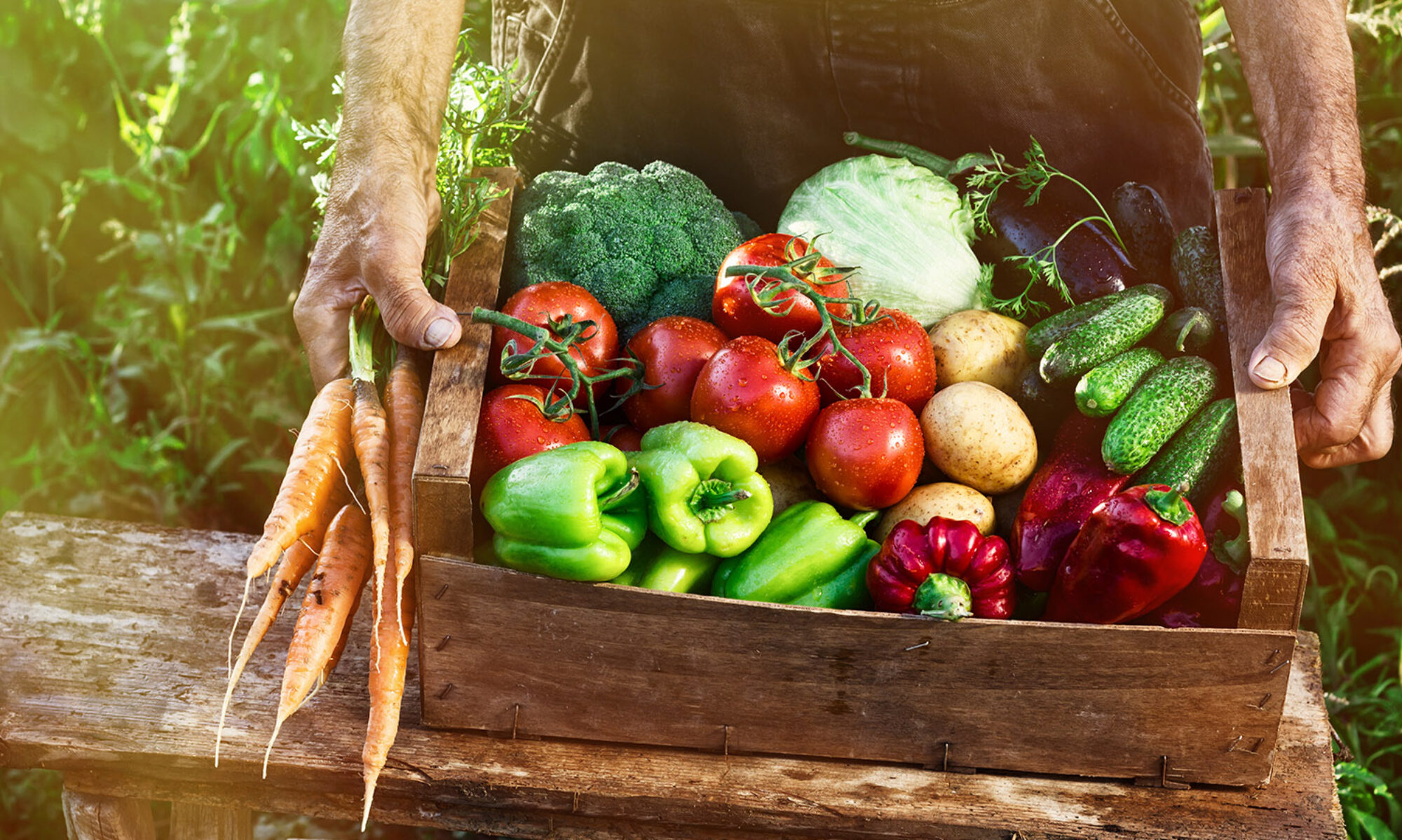 Written by Kristina Ellis, 3L at University of Denver – Sturm College of Law and 2018-2019 FLSN Co-President
Written by Kristina Ellis, 3L at University of Denver – Sturm College of Law and 2018-2019 FLSN Co-President
Out in Boulder, Colorado sits small goat farm. Mountain Flower Goat Dairy (the “Dairy”) not only gives tours to tired law students who want to cuddle baby goats, but it also sells raw milk to buying customers in the area. The Dairy does not worry about not having enough customers with a waitlist for new customers constantly overflowing, which is no surprise being out in Boulder. While urban agriculture is becoming scarce, the growth of agritourism and the ability to sell products consumers demand are keeping places like the Dairy open. However, the Dairy’s biggest threat sits right down the street: the dreaded health department.
The Raw Food and Cottage Food movement is changing how food is regulated in not only municipalities like Boulder, Colorado but in states and cities across the nation. But what are Raw Foods or Cottage Foods and how did this change begin?
What is cottage food? Certain types of food from your home kitchen intended for sale to the public. An example of this is someone who bakes cookies from home and sells them at a farmer’s market. How are these different from raw foods? Raw foods not only include all fresh fruits and vegetables but also all cold-pressed oils and juices, unpasteurized milks, raw honey and nut butters. Raw foods are not typically made from home but may sometimes be produced in a home kitchen.
While neither of these types of foods are new, both types are getting more and more name recognition. The federal government first addressed cottage foods in 1993 in the first federal food code, recommending that food made at home should not be sold in a commercial food establishment. Soon after the food code was released, a few states which were opposed to the prohibition in the code, started to adopt state laws allowing cottage foods. In 2007 and throughout the subsequent years, more states began to adopt laws allowing cottage foods to be sold as a way for their citizens to make some income during the recession. Thus, began the local food movement. [1]
The raw food movement had a slightly different rise to fame. The raw food movement became popular in the United States based on a belief that eating raw foods better preserves the food’s nutrients and enzymatic content.[2] While this may prove true for many fruits and vegetables, the most popular raw foods today for sale include raw milk and raw honey. Raw milk is the most controversial of the raw foods. In the 1920s, in an attempt to keep people from getting sick the dairy industry started pasteurizing milk to kill bacteria and requiring certification of dairy farmers ensuring the cows were being raised and milked in sanitary conditions.[3] Since then the great debate of to pasteurize or not to pasteurize has been a hot ticket item in the food world.
Why are cottage foods and raw foods such a hot button topic? Well its easy, many link both of these types of foods to food borne illnesses. In creating cottage foods in an at home kitchen, its easy to see how food borne illnesses can breed and find a way into the consumers body. At home kitchens aren’t regulated like commercial kitchens or food establishments. The health department does not show up to Susie’s house to make sure she is sanitizing her counters and cleaning her utensils properly while she’s making her chocolate chip cookies for the market the next day. As for raw foods, not pasteurizing milk can lead to finding harmful bacteria like listeria and E. coli when not handled correctly. Yet the other side claims extreme health benefits from consuming raw products and finds great economic value in purchasing local cottage foods. So how do states and local governments handle this?
By creating laws. States across the nation are creating and adopting new laws each year regarding cottage foods and raw foods. In 2018 the Harvard Food Law and Policy Clinic released its Cottage Food Laws in the United States guide listing every state’s laws regarding cottage food. Make sure to check it out! As for the raw foods, each state, county, and municipality handle these foods a little differently. Remember the goat dairy farm out in Boulder, Colorado? Like many food places, the local health department inspects the farm annually, ensuring that the areas the milk is retrieved and bottled in are sanitary. The farm has to ensure it has proper sinks and drains available as well as ensuring its employees follow all health standards like washing hands and not working while sick.
So, whatever your stance on both raw foods and cottage foods take heart in knowing that there are laws out there, ever changing with research and new technology, ensuring that these foods are somewhat regulated. And the next time you have a chance to play with baby goats, take that chance.
[2] https://www.foodnavigator.com/Article/2015/06/09/Raw-food-on-the-rise
[3] https://www.farmtoconsumer.org/blog/2009/12/16/history-raw-milk/
